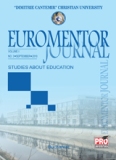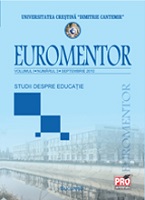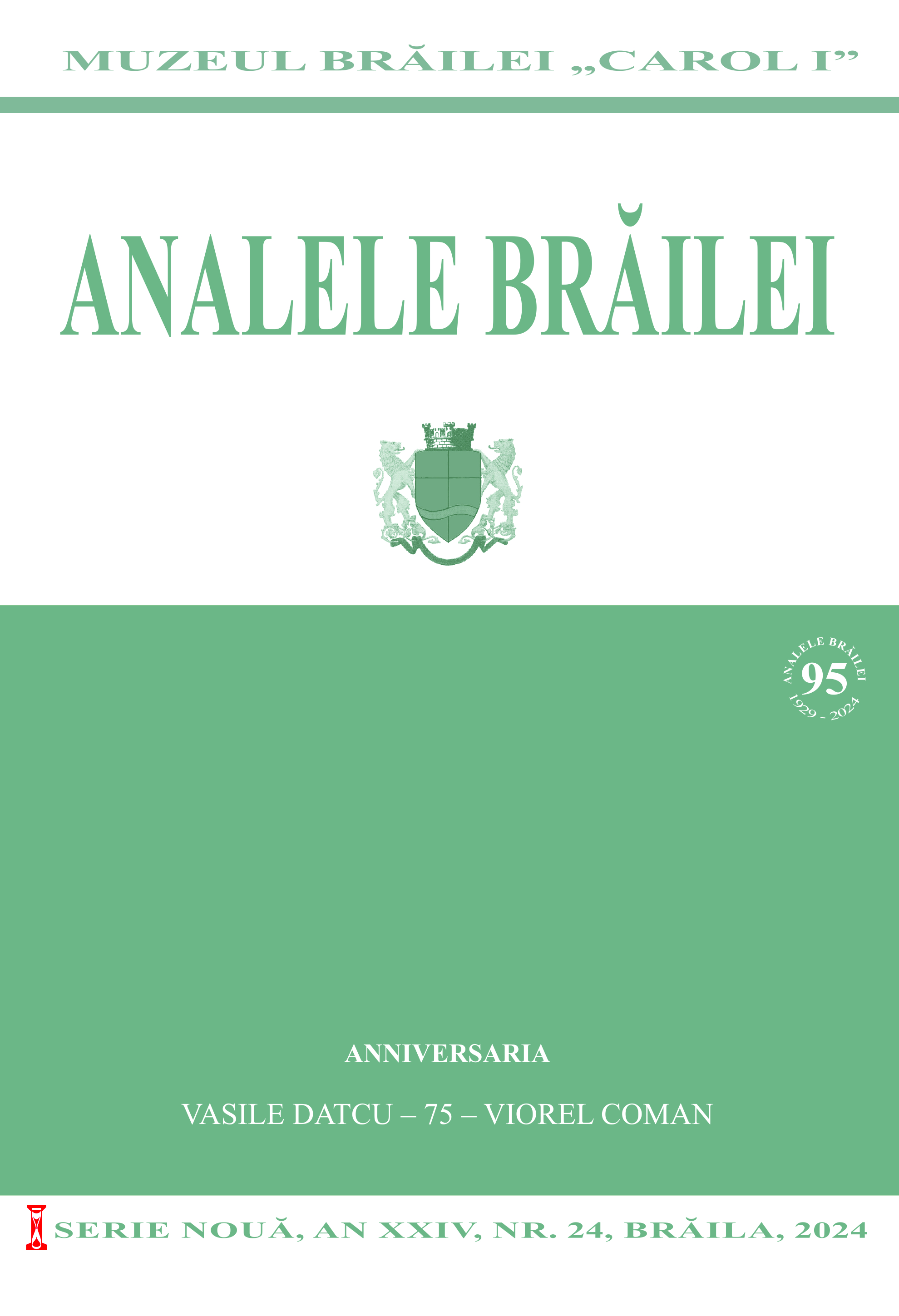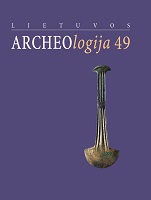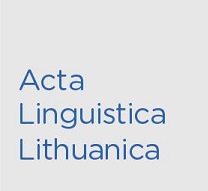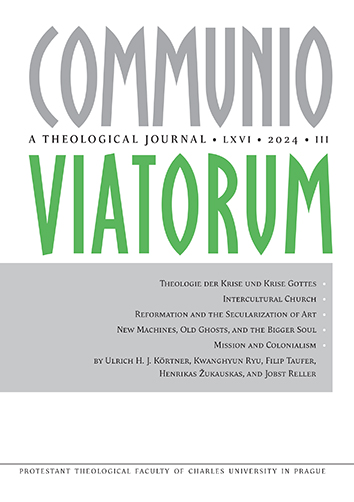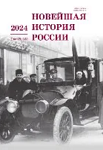Author(s): Hitomi Yamazaki / Language(s): Japanese
Issue: 71/2024
Историю православной миссионерской и пастырской деятельности среди курильских айнов можно разделить на две части. Первая — северокурильский период, когда они были подданными России, а вторая — шикотанский период, когда они перешли в японское подданство после Петербургского договора 1875 г. В статье рассматривается, как проводилась миссионерская и пастырская деятельность Русской Православной Церкви среди курильских айнов в колониальный период Российско-Американской компании (РАК) на Курильских островах (1831– 1867 гг.). (Курильский отдел образовался в 1831 г. и острова являлись колониальной территорией до роспуска РАК в 1867 г.). В статье в 1-ом разделе изучается распространение христианства на Тихоокеанском Севере до основания колоний РАК, а именно политика управления компании Шелихова-Голикова, по которой промышленники и купцы распространяли христианство среди местных аборигенов, чтобы быстрее найти общий язык с новообращенными единоверцами с целью закрепления своего господствующего положения в этих регионах. (Такая идея была укоренена в акте Соединенной Американской Компании, а затем и в уставе Российско-Американской компании, активно участвовавшей в помощи Камчатской епархии). Во 2-ом разделе описывается статус и положение курильских айнов в колониальный период. В 3-ем разделе выясняется отнесение к приходу верующих островитян, поскольку в течение всей истории миссионерской деятельности на Курильских островах никогда не создавался приход (в связи с малочисленностью народа). Сначала они принадлежали Большерецкой церкви (Камчатка), а после основания Курильского отдела, в колониальном статусе, их перевели в Никольскую церковь на о. Атка (Алеутские острова). В 1834 г. первый раз посещает острова атхинский священник Иаков Нецветов (первый православный священник из среды креолов, канонизирован в 1994 г. Православной Церковью в Америке, как просветитель народов Аляски). С 1842 г. курильские айны принадлежали к церкви в Ситке, и оттуда священники посещали их. В 4-ом разделе рассказывается о часовне, построенной в 1840 г. пожертвованиями курильских айнов на о. Шумшу, и освященной свящ. Иаковым Нецветовым. В 5-ом разделе рассматриваются отношения Камчатской епархии с Российско-Американской компанией и деятельность первого архиерея Иннокентия (Вениаминова) (В 1977 г. канонизирован Русской Православной Церковью и Православной Церковью в Америке, как апостол Сибири и Америки). В 6-ом разделе представляются хронологические данные посещений священнослужителями Курильских островов. По этим данным можно сказать, что с 1833 г. по 1865 г., в течение 32 лет, священники посещали островитян и молились с ними не меньше 14 раз. После уступки Русской Америки Соединенным Штатам, в 1870 г. была учреждена в Сан-Франциско Алеутско-Аляскинская епархия Русской Православной Церкви. Камчатская епархия в колониальных территориях РАК на Тихоокеанском Севере занималась христианизацией аборигенов с 1840 г. по 1870 г., в течение 30 лет. Благодаря тому, что Курильские острова были частью колониальной системы, курильские айны могли находиться под духовным попечением миссионеров, деятельность которых поддерживала Российско-Американская компания финансовыми средствами.
More...
